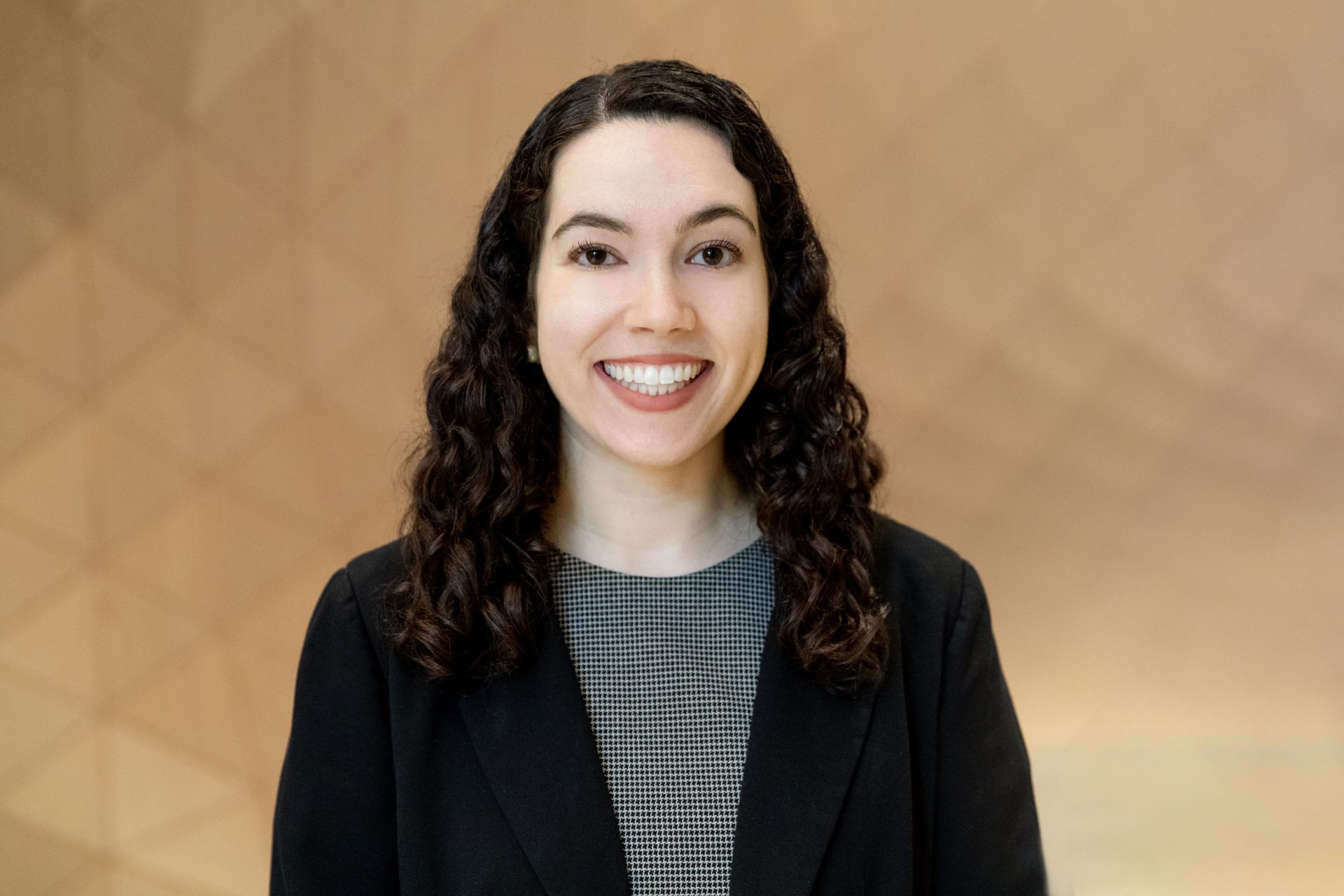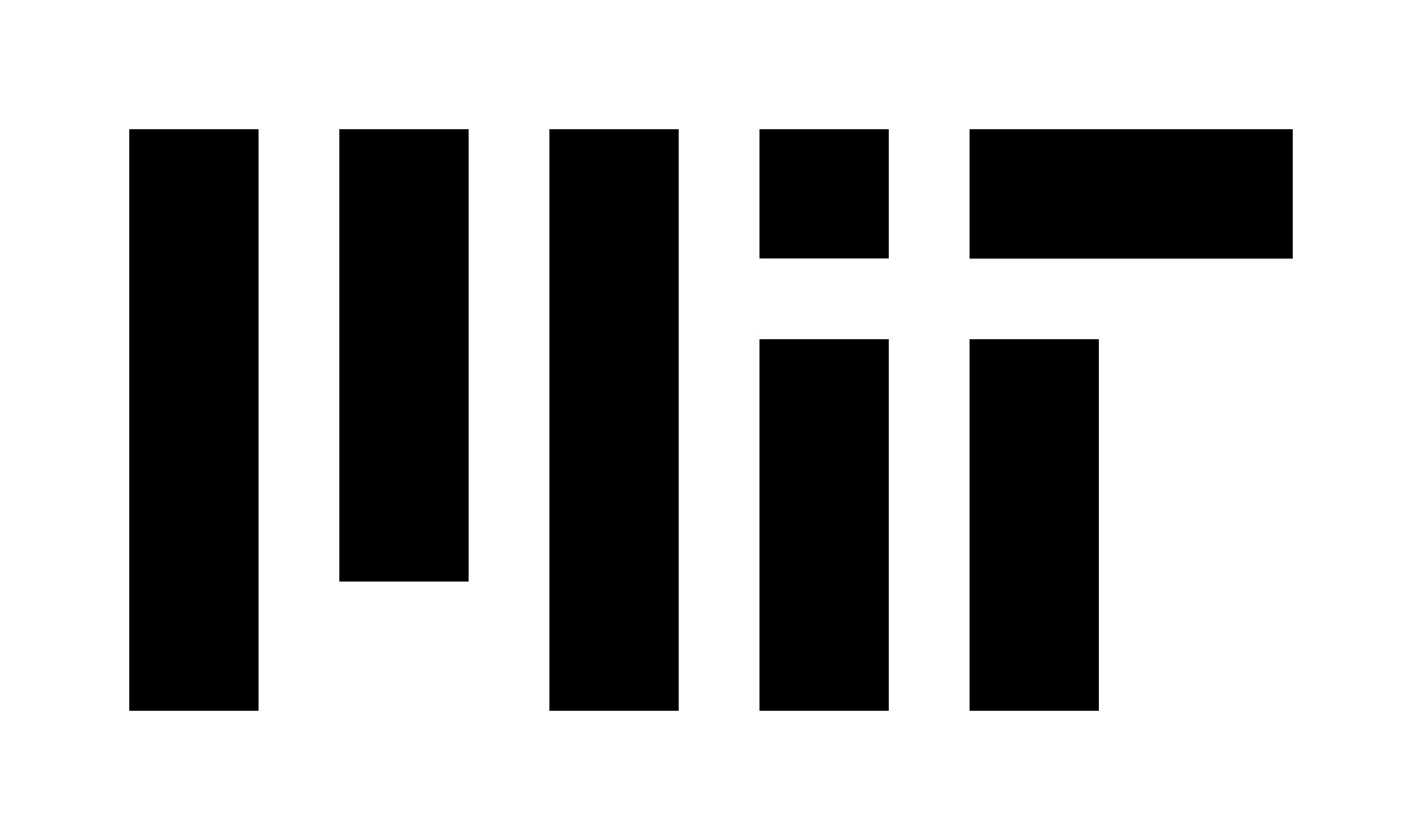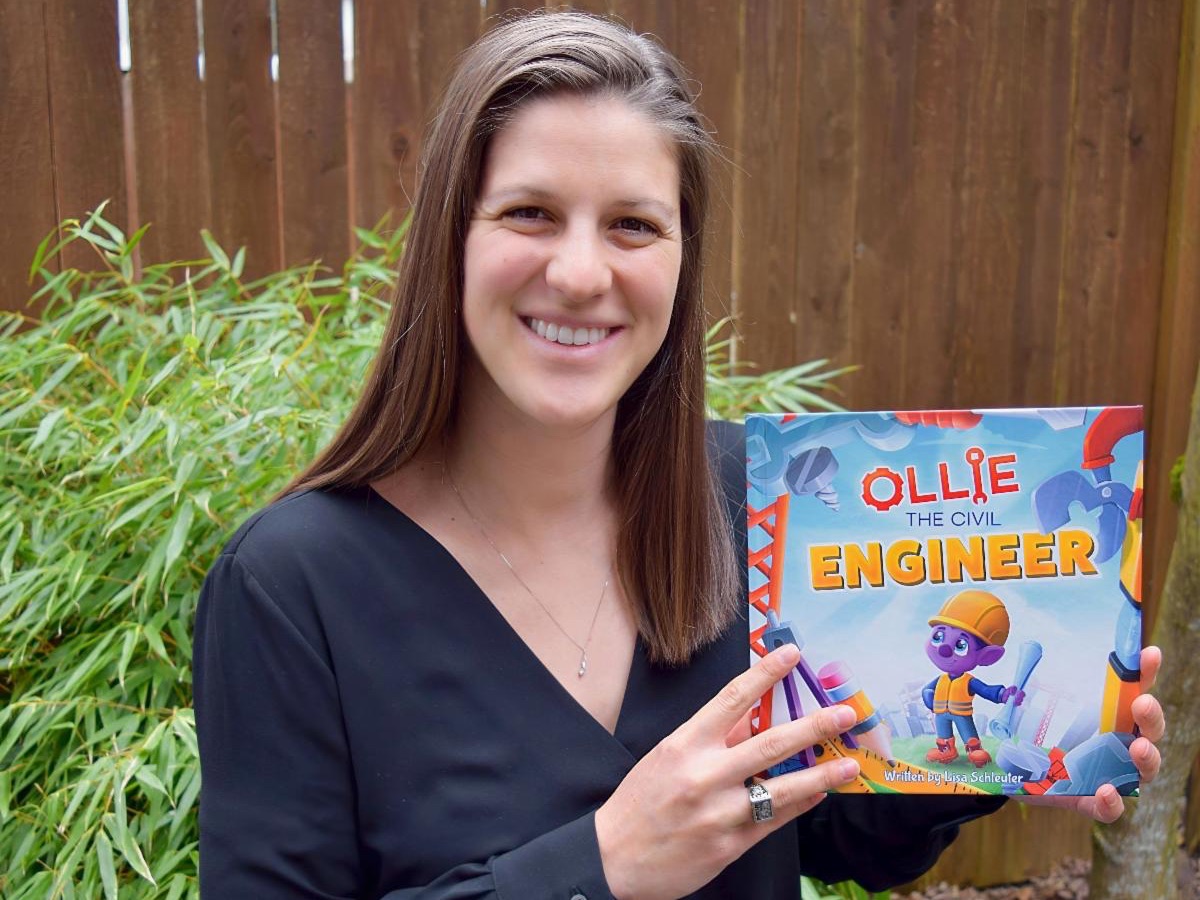Shaping the future of clean energy

Alumna Emily Nachbar is driving impactful change in the clean energy sector.
Growing up outside of Philadelphia, Emily Nachbar’s parents, especially her dad, instilled in her the value of our environment and the importance of minimizing one’s environmental footprint. “My family would visit Western Mass and stay in cabins at the YMCA Camp Hi-Rock as well as trips to hike the Appalachian Trail. It really made me appreciate the beauty of the environment,” she says.
After graduating from MIT in 2016 with a bachelor’s degree in environmental engineering, Nachbar began her career at The Brattle Group, an economic consulting firm where she was focused on conducting quantitative analysis for key players in the energy and electricity sector.
“I’d always been really interested in climate change, which is a big part of why I chose Course 1. I also thought having an engineering background would open more doors,” she says. “I knew I didn’t want to do research after I graduated, and energy seemed like one of the biggest drivers of climate change,” she reflects, noting how her work at Brattle helped her build analytical skills and deepen her understanding of the industry.
During this period, Nachbar was a fellow of the Clean Energy Leadership Institute, a non-profit that equips emerging leaders across the clean energy sector to drive the transition to an equitable, decarbonized, and resilient energy ecosystem. “It helped me learn all about clean energy and climate adjacent work,” she says. “More importantly, it served as an amazing resource to build my network as there are alumni of the program working in every corner of the clean energy world.”
Following her time at Brattle, Nachbar began working at AES Corporation, an energy company with over four decades of experience helping the world transition to clean, renewable energy. One of her proudest accomplishments was helping structure a 24/7 time-matched carbon-free energy deal with Google’s data centers. “It was one of the first of its kind in the industry,” she says. “Most renewable energy agreements are on an annual basis, but electricity is generated when it’s consumed.” Nachbar’s role involved modeling to identify the optimal mix of resources and how to help meet their goals.
In 2020, she started a Master of Business Administration (MBA) at the University of Michigan. “It was really helpful to be working while learning,” she says. “Being able to apply concepts to the work I was doing really helped cement what I was learning. Since I was at a large, publicly traded company, everything from accounting to finance felt immediately relevant.”
Nachbar’s most recent career move took her into local government, where she works as an Energy Analyst for Arlington County, VA. In this role, she focuses on the county’s energy usage across various operations and facilities, from streetlights to the wastewater treatment plant.
“It’s a much smaller scale than what I’ve worked on previously, but I love getting into the weeds and understanding what energy improvements we can do. There are a lot of changes at the smaller level that need to happen too.”
In the rapidly evolving energy sector, Nachbar recognizes emerging career opportunities in fields such as grid-scale battery storage, which supports the expansion of renewable energy sources like solar power, and electric vehicles (EVs). “In Arlington only around 3 or 4 percent of the vehicles on the road are electric, so there are still huge developments to be made there,” she says.
“When I was in college, I had a very hard time envisioning what a job would look like outside of research,” she recalls. She recommends being proactive about connecting with professionals in a variety of fields, even ones that seem outside your immediate interests. “Just talking to people in different roles can help broaden your perspective of what’s possible,” she says. “A lot of jobs aren’t things you would’ve even dreamed of as a student, especially if you don’t have a network in that space.”
She also encourages students to look beyond the confines of their major when considering potential careers. “You don’t need to only talk to people with an environmental engineering degree,” she explains. “Problem solving, logic, and reasoning are all things you learn in college that can be applied in so many industries.”
Even though she’s never worked as a traditional engineer, she finds that her experience at MIT has given her a unique advantage. “I can bridge the gap,” she says, reflecting on how her engineering background has helped her to contribute to technical discussions in ways that those without similar expertise cannot.
“I knew that career paths could take different turns, but I didn’t realize just how common that was. It’s actually pretty rare to just follow one direct path—most people take twists and turns along the way.”
Share on Bluesky


